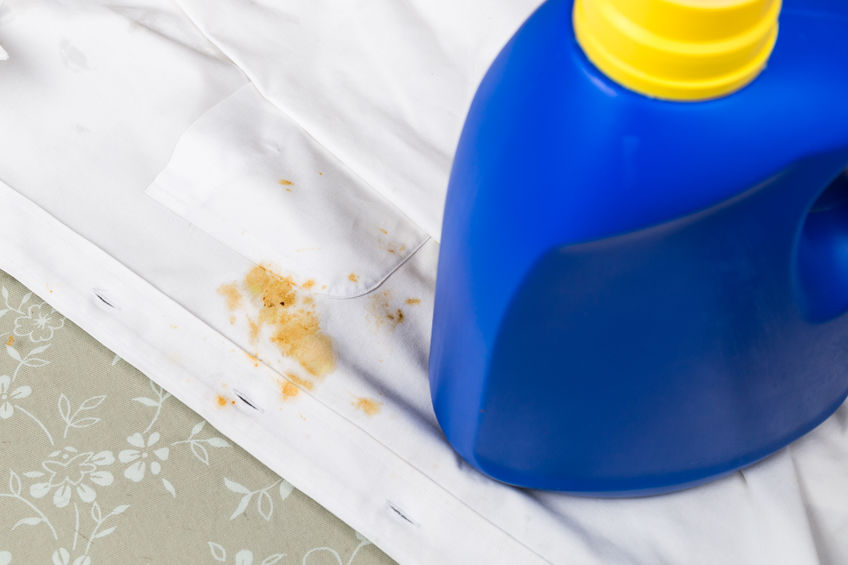- Clean Home
- Laundry Tips & Techniques
- How To Wash White Clothes
How To Wash White Clothes
How to wash white clothes to keep them from yellowing or becoming dingy. White clothes are more prone to discoloration and yellowing than their darker cousins.
As a result, it can be challenging to keep white clothes looking fresh, clean, and bright white. Fortunately, by knowing how to sort and wash whites correctly, you can keep them looking bright and clean, wash after wash.
Here's how to wash your whites from start to a bright, clean finish.
How to Wash White Clothes
One of the most crucial steps in maintaining the brightness of your white clothes is to always wash them separately from other garments. This prevents color transfer between whites and other items in your load, keeping them bright and clean.
Even older clothes can transfer color when fibers are loosened up in the wash cycle, leading to white clothes taking on a less-than-desirable gray hue.
Another important step in keeping your white clothes bright and clean is to sort them by fabric type before washing them. Different fabrics may require different wash temperatures to get clean, so this step is crucial.
This guide to choosing the right laundry temperature for your loads can help.
Put all sturdy fabrics, jeans, towels, cotton, and clothes made of manufactured fibers into one pile. Then, delicate fabrics, such as silk, lingerie, Spandex, and activewear, should be put into a separate pile.
Sorting white clothes this way lets you wash them at the highest temperature the fabric can withstand without damage.
Clothing labels provide instructions for the optimal wash water temperature, wash cycle, and whether to use chlorine or color-safe bleach, or none at all.
Stain Removal Tips for Whites
Get in the habit of always checking a stained garment as it comes out of the washing machine. If the stain isn't fully removed, treat it again and rewash.
This extra step will keep partially removed stains from becoming permanent blights on your formerly pristine whites.
Don't Overload the Washing Machine
Load the washer, but don't pack it full. A little breathing (swimming?) room allows items to tumble freely in the wash water, which leads to better stain removal.
If your T-shirts have become gray and dingy, overstuffing the machine may be the problem. When the washer is overloaded, there isn't enough space between items for the water to flush away soil, and it redeposits on fabrics, leaving them dull.
Use The Right Amount of Laundry Detergent
Always measure laundry detergent before adding it to the machine. Too much or too little detergent can also leave white clothes a little gray.
When dirt is released into the wash water, one of the key jobs of laundry detergent is to prevent it from redepositing on clothes.
At the same time, don't use more detergent than the instructions recommend, either. Too much detergent can lead to a filmy buildup on clothes that attracts more dirt.
To be on the safe side, a detergent with a bleach alternative can help keep white clothes white.
Wash in the Warmest Water Safe for the Fabric
Use hot water - or the warmest water recommended for the fabric - to remove body oils and grime that can dull the surface of white clothes. Wash heavily soiled garments in hot water, moderately dirty clothes in warm water, and delicate fabrics in cold water.
Adjust the water temperature according to the clothing's care label to prevent shrinkage. For example, nylon, Spandex, Lycra, and some cotton blends may shrink in hot water.
Dry Whites Outside
Drying white clothes outside can make a big difference in retaining brightness. The ultraviolet rays from the sun help to freshen and whiten the garments.
If drying outside isn't possible, use the dryer on a low-heat setting. Remove from the dryer while slightly damp and air-dry on a drying rack.
Be careful not to over-dry the clothes, as excessive heat can cause white clothes to turn yellow.
- Clean Home
- Laundry Tips & Techniques
- How To Wash White Clothes








